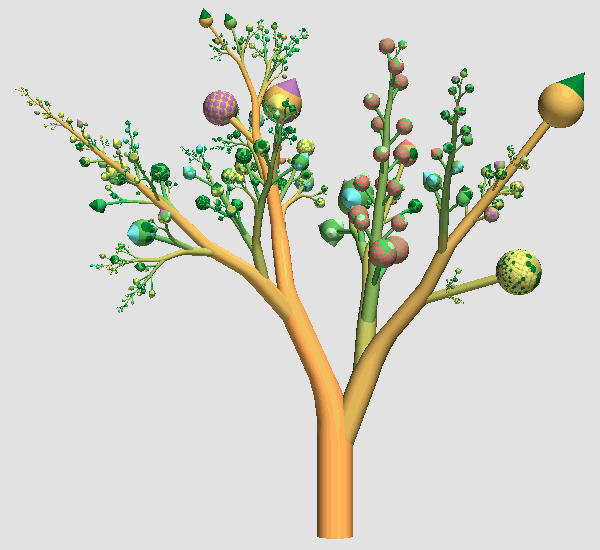Information Visualization
Information visualization (InfoVis) produces (interactive) visual representations of abstract data to reinforce human cognition and perception; thus enabling the viewer to gain knowledge about the internal structure of the data and causal relationships in it.
Definitions
The use of computer-supported, interactive, visual representations of abstract data to amplify cognition.
[Card et al., 1998]
Information visualization, an increasingly important subdiscipline within HCI , focuses on graphical mechanisms designed to show the structure of information and improve the cost of access to large data repositories. In printed form, information visualization has included the display of numerical data (e.g., bar charts, plot charts, pie charts), combinatorial relations (e.g., drawings of graphs), and geographic data (e.g., encoded maps). Computer-based systems, such as the information visualizer and dynamic queries have added interactivity and new visualization techniques (e.g., 3D, animation).
[Averbuch, 2004]
Visual representations of the semantics, or meaning, of information. In contrast to scientific visualization, information visualization typically deals with nonnumeric, nonspatial, and high-dimensional data.
[Chen, 2005]
Overview
Application of information visualization on the computer involves providing means to transform and represent data in a form that allows and encourages human interaction. Data can therefore be analyzed by exploration rather than pure reasoning; users can develop understanding for structures and connections in the data by observing the immediate effects their interaction has upon the visualization.


Examples
Information visualization is applied in countless areas covering every industry and all tasks where understanding of the intrinsic structure in data is crucial.
Some prominent examples are:
- Economical/financial analysis
- Representation of large hierarchies
- Medical training/assistance
- Engineering/Physics
References
- [Averbuch, 2004]: Michael Averbuch, As you Like It: Tailorable Information Visualization, Database Visualization Research Group, Tufts University, 2004.
- [Card et al., 1998]: Card, S. and Mackinlay, J. and Shneiderman, B., Readings in Information Visualization: Using Vision to Think, Morgan Kaufmann Publishers, 1998.
- [Chen, 2005]: Chen, C. Top 10 Unsolved Information Visualization Problems, IEEE Computer Graphics and Applications, 25(4):12-16, July-Aug. 2005.
- [Voigt, 2002]: Robert Voigt, Classification and Definition of Terms, 2002.
External links
- http://www.math.yorku.ca/SCS/Gallery/ has a lot of (positive and negative) examples including historical milestones.